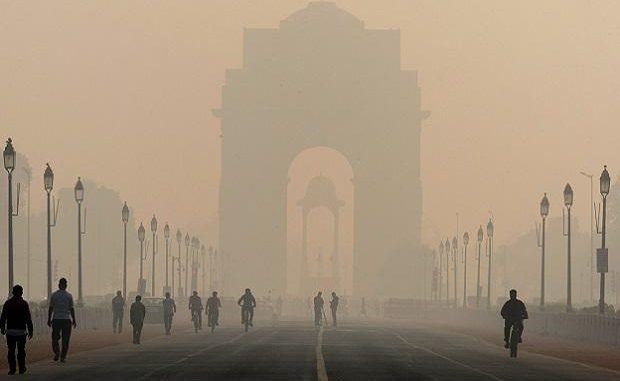
In News
The Lancet Report estimates five risk factors for death in India in 2019.
In-Detail
- The Lancet Report estimates the top five risk factors for deaths in India.
- The top five factors that caused deaths in India
in 2019 were
- air pollution-number of deaths due to this is estimated to be 1.67 million,
- high blood pressure-number of deaths is estimated as 1.47 million deaths
- use of tobacco- 1.23 million deaths
- poor diet- estimated to be 1.18 million deaths and
- high blood sugar- 1.12 million deaths.
- The risk factor analysis is a part of the Global Burden of Disease (GBD) study.
- The researchers have analyzed data from 204 countries on 286 causes of deaths, 369 diseases and injuries and 87 risk factors.
- The latest estimation indicates the vulnerability of the countries to the Covid-19.
- The researchers said that the interaction of Covid-19 with the current global crisis of chronic illness and the related risk factors has put populations vulnerable to health emergencies.
- The risk factors include obesity, high blood pressure, tobacco use, and outdoor air pollution which have risen over the past 30 years.
- The non-communicable cause of deaths in India in 2019 was led by the ischemic heart disease with an estimation of 1.52 million deaths.
- This is followed by the chronic obstructive pulmonary disease with 8,98,000 deaths, strokes 6,99,000 deaths, diabetics 2, 73,000 deaths, cirrhosis and other chronic liver diseases with an estimation of 2,70,000 deaths.
- In 2019, the leading risk factor for health loss was child and maternal malnutrition and the second leading risk factor was air pollution.
- The Lancet report said that 58% of the total disease burden in India is due to non-communicable diseases (NCD).This has increased from 29% in 1990.
- The premature deaths due to non-communicable diseases have doubled from 22 to 50 percent.
- India’s life expectancy has increased to 70.8 years in 2019 from 59.6 years in 1990.
- In states, Kerala has the highest life expectancy at 77.3 years an UP the lowest at 66.9 years.
- But the increase in healthy life expectancy which is 60.5 years in India do not match the increase in the growth of life expectancy. This means most of the people are living with illness and disability.
- In India, child and maternal malnutrition is still the top risk factor for illness and death.
- Several states in northern India such as Bihar and Uttar Pradesh contributes 20% of the total disease burden due to child and maternal malnutrition.
- Since 1990, the proportion of total health loss (DALYs) caused by the rise of NCDs is more than 150% in countries like Bhutan, Nepal and Bangladesh.
- These regions are dominated by infectious, maternal, neonatal and nutritional diseases for 30 years.
Silver Lining
- One silver lining the authors of the study noted was reduction in infections diseases across the world, including India.
- The achievement, the authors observed, was due to immunisation and better medical care in many countries.
- But, the authors also noted that some countries are still struggling to manage the infectious disease epidemics.
Prescribed Solution
- The researchers for the study noted that there is a correlation between social and economic development to overall health of a human being.
- Thus, they call for doubling down on polices which hamper economic development.
- They also recommended making expanding access to schools and improving the status of women a collective priority for better health.

Leave a Reply
You must be logged in to post a comment.